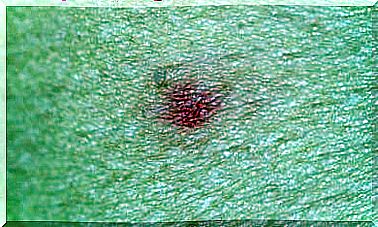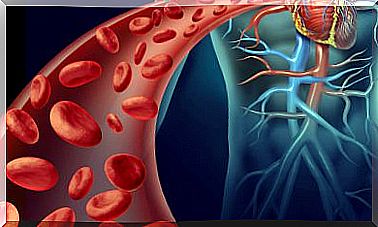Types Of Polio
The different types of poliomyelitis ( polio in its abbreviated form) are infectious diseases that mainly affect the nervous system of people. As reported by international sources, such as the World Health Organization, this pathology is caused by the poliovirus, a viral agent composed of RNA and a protein capsule.
According to various studies, three serotypes (different varieties) have been distinguished. Serotype 2 was last detected in India in 1999, so it is considered eradicated from the wild. Even so, variants 1 and 3 are still circulating in the population today. Both are highly infectious and cause paralytic polio.
About polio and its distribution
The World Health Organization reports certain figures that allow us to get an idea of the poliovirus situation globally. Some of them are the following:
- In 1988, when the campaign to fight this disease began, more than 350,000 cases were detected globally.
- Due to containment and vaccination efforts, only 18 cases were reported worldwide in 2018 (a 99% reduction).
- This pathology has a favorite age group, since it affects mainly children under five years of age.
As we can see, polio is a disease almost of the past. Even so, care must be taken, since it is estimated that if the virus is not eradicated from the last strongholds, more than 200,000 new cases could be produced in less than 10 years.

Types of polio
Clinical studies highlight that there are four main types of polio. These are as follows:
- Asymptomatic: it constitutes 90% of the cases globally.
- Minor disease: up to 9% of cases. It is characterized by the presence of fever, malaise, nausea, vomiting, diarrhea, and constipation.
- Nonparalytic aseptic meningitis: 1 to 2% of cases.
- Paralytic poliomyelitis: less than 1%.
Since the first two variants are benign in their development, we will focus our attention on aseptic non-paralytic meningitis and paralytic poliomyelitis. Next, we explain everything you need to know about both pathologies.
Aseptic nonparalytic meningitis
According to scientific research, aseptic meningitis is an infectious process that affects the envelopes of the meninges of the central nervous system (CNS), causing inflammation in them. It is characterized by the following symptoms:
- Fever.
- Headache (headache) and stiff neck.
- General discomfort.
- Muscle pains.
- Loss of appetite and vomiting
According to other bibliographic sources, aseptic meningitis of viral origin (such as that caused by poliovirus) has a good prognosis. Not only the poliovirus produces it, since enteroviruses, herpesviruses or HIV have also been identified as causing it.
This pathology, despite its benign course, may require hospitalization of the patient and the application of antibiotics for a certain time. We say antibiotics , even though it is caused by viruses, because in the most affected patients this treatment is started immediately as a preventive measure against bacterial meningitis, which is much more dangerous.
Paralytic poliomyelitis
In this case, we are facing the most serious manifestation of poliovirus infection. Sources cited above estimate that one in every 200 patients will suffer irreversible paralysis, of which up to 10% will die from muscular problems in the respiratory tract.
Detecting this severe variation is a simple task, as the symptoms are very aggressive. Bibliographic sources report that five days after infection, processes such as intense myalgias (muscle aches) and limiting muscle spasms occur, culminating in chronic limb weakness. Paralysis usually reaches its maximum within a week of infection.
The mortality rate in the acute stage is 5 to 20%, and worst of all, there is no cure once it manifests. Even so, after these critical phases, paralysis tends to improve over the years, thanks to a process of reinnervation by the neurons that remain undamaged.
Depending on the affected place, we can observe three types of paralytic poliomyelitis which are the following:
- Spinal.
- Bulbospinal.
- Bulbar.
50% of individuals surviving this severe manifestation have lifelong weakness, and 20% to 85% of patients with a history of childhood polio may develop post-polio syndrome. This is characterized by progressive muscle atrophy that limits functional capacity.

Types of polio: what to remember?
As we have seen in these lines, polio is a disease that is controlled in most regions of the world. In addition, 90% of cases are asymptomatic, so it is very difficult that today a clinical picture is associated with poliovirus.
On the other hand, there are very effective oral and intravenous vaccines for the immunization of children against this virus, with an efficacy of 99% after three doses. Therefore, if global efforts to eradicate it continue, polio will soon be a thing of the past.








